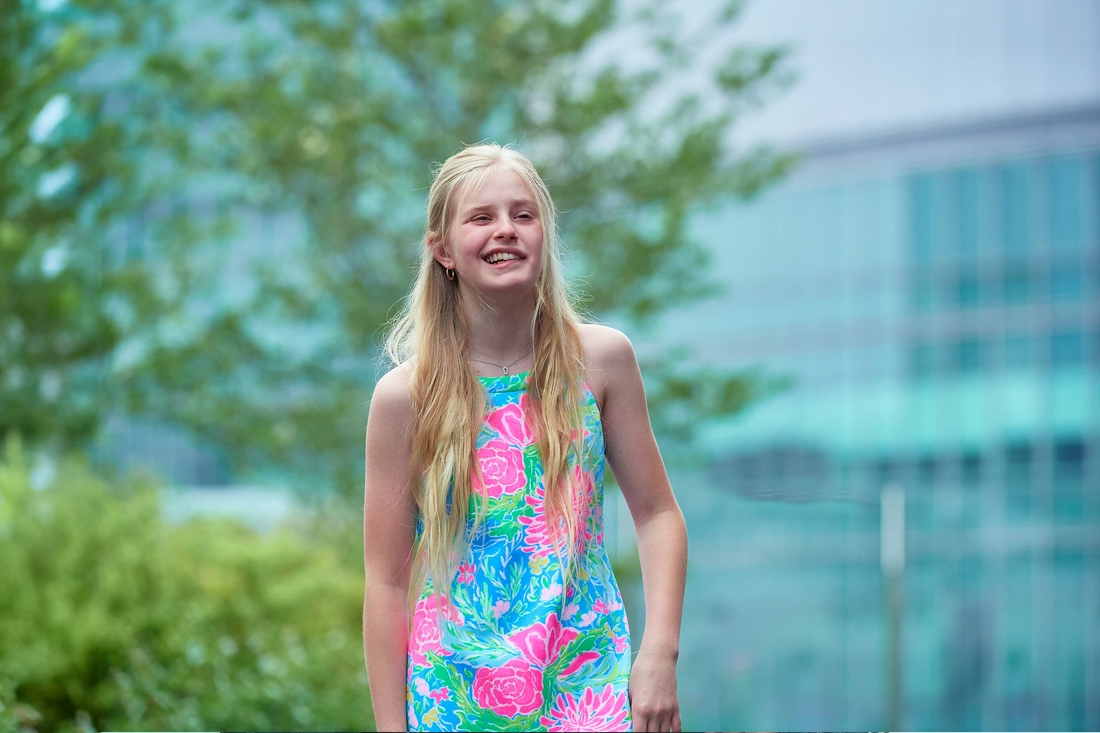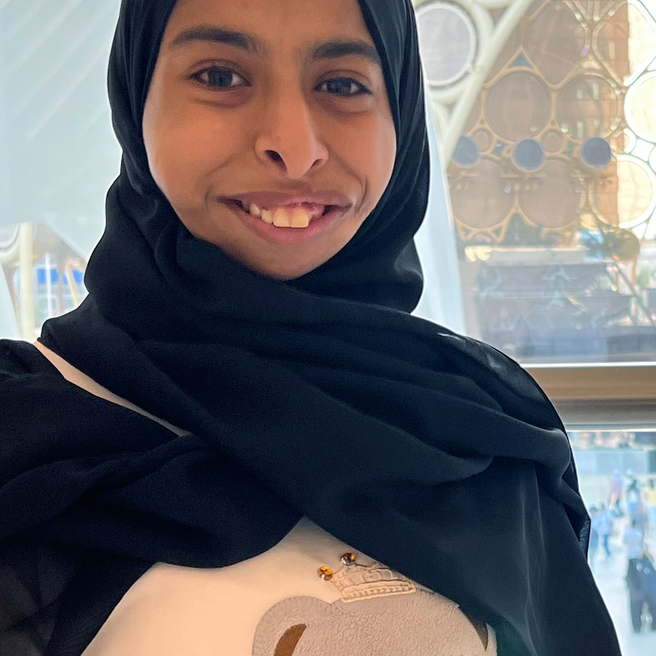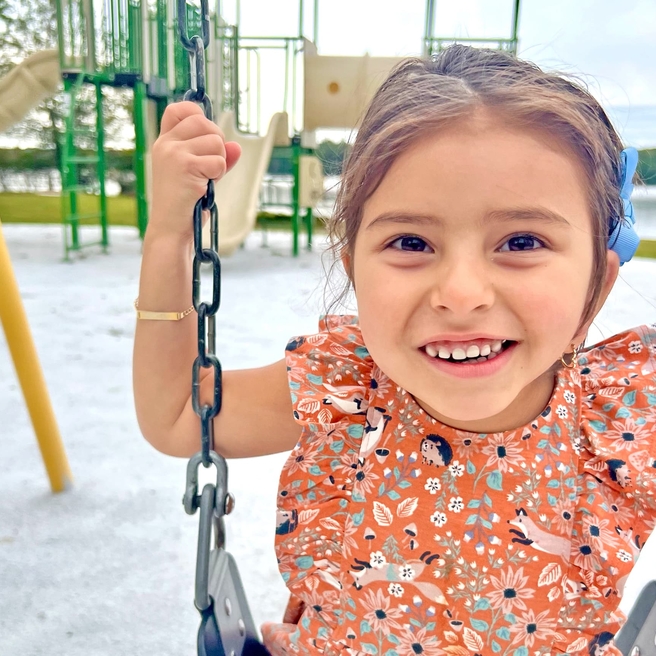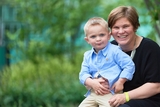Division of Plastic, Reconstructive and Oral Surgery

The Division of Plastic, Reconstructive and Oral Surgery at Children's Hospital of Philadelphia (CHOP) is among the largest, most active pediatric plastic surgery centers in the nation. We are dedicated to giving your child individualized care in a family-centered manner using the most advanced techniques. Our expert surgeons have vast experience treating the full spectrum of plastic surgical conditions — from the routine to the rare.
Performing surgery on children and adolescents with visible differences requires specialized knowledge. We are experts in creating treatment plans for children who are still growing. We also know that children with these conditions have unique emotional needs. Your child will be treated as a whole, and your entire family will be supported by our team.
How we serve you
To give your child the very best care, our doctors, nurses and other experts are grouped into specially trained treatment teams. These teams provide the best possible care for plastic, reconstructive and oral surgery patients, many of whom require long-term treatment.
-
Brachial Plexus Injury Program -
Cleft Lip and Palate Program -
Craniofacial and Special Needs Orthodontics Clinic -
Craniofacial Program -
Ear Deformities Program -
Facial Motion Disorders Program -
Hand and Arm Disorders Program -
Oral and Maxillofacial Surgery Program -
Breast Program -
Psychosocial Support Services -
Velopharyngeal Dysfunction Program -
Young Adult Cleft Lip and Palate Program
Conditions we treat
We treat every type of plastic, reconstructive and oral surgical condition, including ones that are very rare or very complex.
-
Angiofibromas -
Anotia -
Apert syndrome -
Arteriovenous malformations -
Beckwith-Wiedemann syndrome -
Binder syndrome -
Brachial plexus and peripheral nerve injuries -
Breast and chest wall disorders -
Capillary vascular malformations (Port wine stains) -
Cauliflower ears -
Cleft lip and palate -
Complex cutis aplasia -
Congenital nevus (mole) -
Constricted/Lop/Cup ears -
Craniosynostosis -
Crouzon syndrome -
Cryptotia -
Deformational plagiocephaly -
Dermoid cyst -
Ear deformities -
Ear hemangiomas -
Ear injuries and split earlobes -
Ear keloids -
Ear tags -
Encephalocele -
Facial motion disorders -
Fat atrophy -
Fibrous dysplasia -
Glomuvenous malformations -
Hemangiomas -
Hemifacial microsomia -
Hemihyperplasia -
Lymphatic malformations -
Micrognathia -
Microtia -
Muenke syndrome -
Non-syndromic craniosynostosis -
Opitz syndrome -
Orbital hypertelorism -
Oromandibular limb hypoplasia -
Parry-Romberg syndrome -
Pfeiffer syndrome -
Pierre Robin syndrome -
Protruding ears -
Pyogenic granulomas -
Rare craniofacial clefts -
Saethre-Chotzen syndrome -
Scleroderma -
Spider angiomas -
Stahl’s ear -
Stickler syndrome -
Syndactyly -
Syndromic craniosynostosis -
Thumb duplication -
Thumb hypoplasia -
Tongue-based obstruction -
Treacher Collins syndrome -
Trigger finger and trigger thumb -
Van der Woude syndrome -
Vascular anomalies -
Vascular malformations -
Vascular malformations: combinations and syndromes -
Velopharyngeal dysfunction -
Venous malformations

Why choose CHOP for your surgery
We perform more than 3,000 plastic, reconstructive and oral surgeries annually, and our world-renowned experts serve as consultants to national and international teams. We use state-of-the-art diagnostic tools, ensuring that your child receives the highest level of individualized care.

Meet your team
Every person on your child’s team has the same goal: to give your child the best possible care. We provide medical care, emotional support and much more, and we have extensive experience in treating children with visible differences.

Our locations
Find top pediatric plastic surgeons who treat children and adolescents at various Plastic, Reconstructive and Oral Surgery locations throughout the region.

Our research
Our team members conduct research in many areas, such as the long-term results of surgery and the development of devices specifically for children. We constantly strive to make discoveries that advance knowledge and improve the quality of life for children everywhere.

Our resources
We have gathered resources to give you information and help you find answers to your questions. We hope this makes your family's life a little easier.

Resources for professionals
Everything you need to support your patient’s health, created and updated by our CHOP community of experts.

How our psychosocial specialists support your child
Having an appearance difference can create many challenges for children. Our psychologist and social workers are here to help your entire family navigate these challenges. They also help children process concerns about changes in appearance before and after surgery.

Prepare for your child's appointment
Learn more about how to schedule and what to bring to your child's Plastic, Reconstructive and Oral Surgery appointment.


